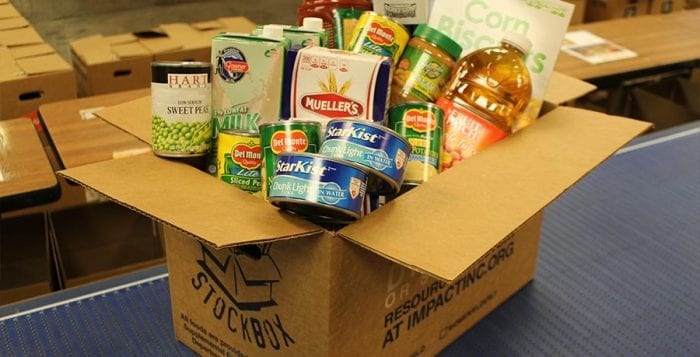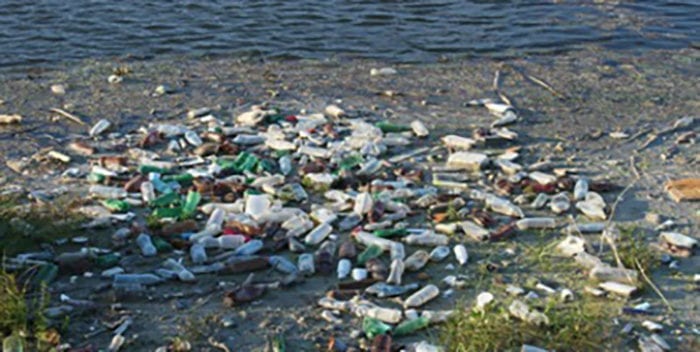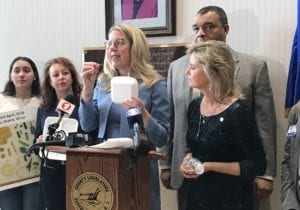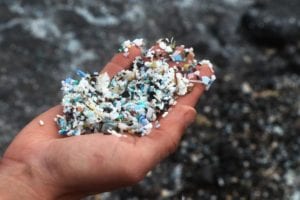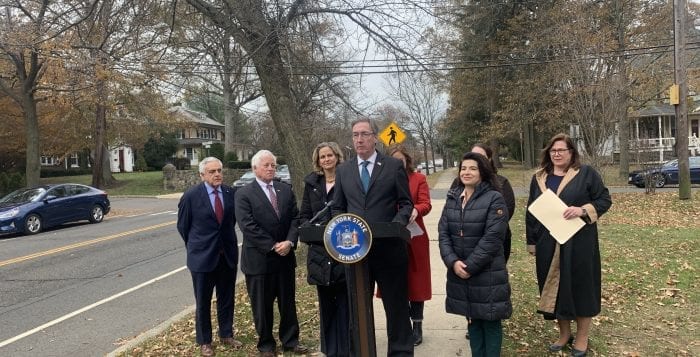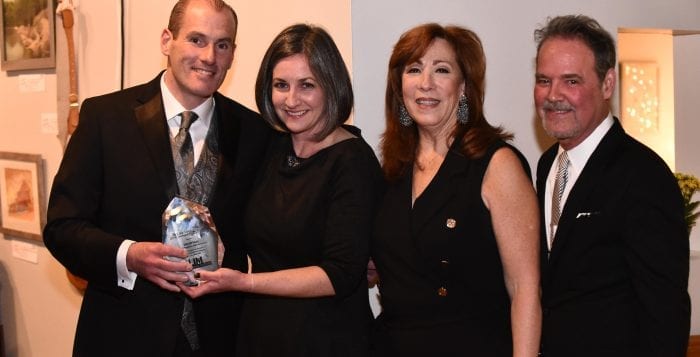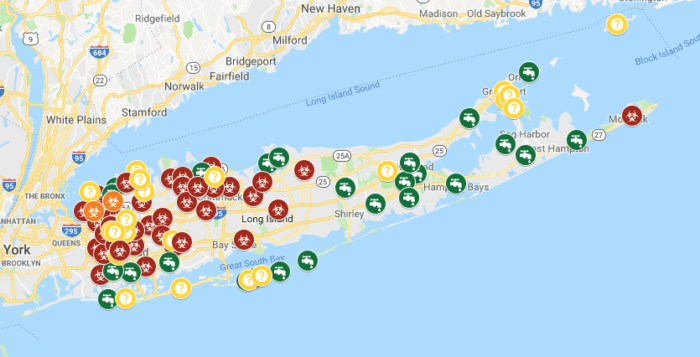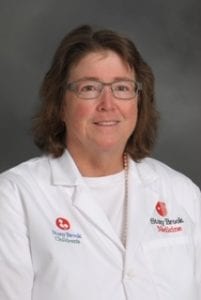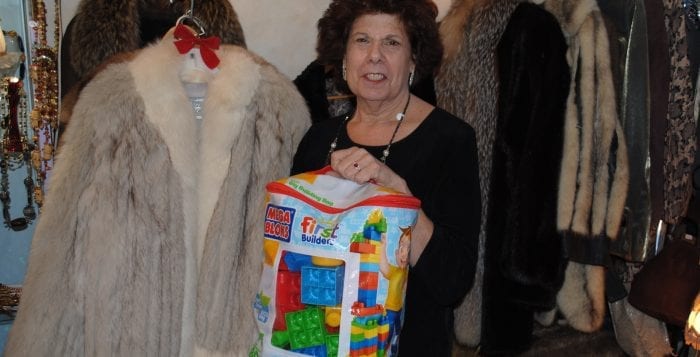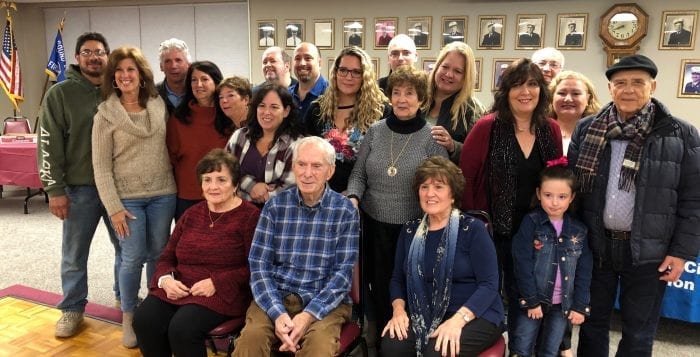The season for giving is here, and while North Shore residents plan their holiday feasts, it’s a good time to consider the plight of people less fortunate.
Imagine, more than 89,000 children on Long Island are hungry, according to Hauppauge-based Long Island Cares. These children aren’t dreaming of visions of sugarplums, they are wishing for substantial meals to get them and their families through the day.
Some centers, such as the Community Food Council on East 5th Street in Huntington Station, are reporting a 33 percent increase in demand over the last three months. It’s unclear why the sudden surge in food insecurities but the food banks are in need of supplies and volunteers, and counting on the local community to find ways to pitch in. So, it’s a good time to develop a plan.
When preparing to donate to a food bank, a good rule of thumb is to call the nonprofit or visit its website to see what is needed. During this time of year, many have volunteers on hand to put together holiday meals. Throughout the year, depending on donations, there may be a surplus of one item and a deficit of another.
While many may be inclined to reach into their pantry to find nonperishables, a cash donation can often be the most beneficial to nonprofits, so they can turn around and buy food in bulk. This can also save volunteers time, because they don’t need to go through items looking at expiration dates.
If one wants to donate food, a trip to the supermarket is the best bet to ensure the donated items aren’t expired. Though if your cabinets are bursting at the seams, reach in and make sure to check expiration dates on cans and boxes. Also, look cans over to ensure they are not dented or leaking and that boxes aren’t damaged. And steer away from food in glass jars as these containers can easily break.
Take into consideration more nutritious options, too, such as cereals high in fiber, whole wheat pasta and low sodium soups and vegetables. When it comes to any kind of mixes, remember many households may be out of milk or eggs, so choose a mix that can be used with water. Another thing to consider is purchasing toiletries such as toothpaste, deodorant, diapers and toilet paper.
To increase the spirit of giving, organize your local Boy Scout and Girl Scout troops or religion classes or get your children involved. Or, if you already know of a group organizing a food drive, contribute your items to the event. Collecting food for those in need is a wonderful way to inspire young ones to help others and it encourages them to continue charitable pursuits when they reach their goals or succeed them.
In our coverage area, in addition to Long Island Cares and the Community Food Council, there are the Smithtown Emergency Food Pantry, St. Anthony of Padua R.C. Church in Rocky Point, St. Cuthbert’s Episcopal Church in Selden, Ecumenical Lay Council Pantry through the First Presbyterian Church in Northport, St. Gerard Majella R.C. Church in Port Jefferson Station, Our Daily Bread Food Pantry in Setauket and many more.
As the lights come down in a few weeks, remember when it comes to food banks, the hungry keep coming. The spirit of giving can last all year round as these organizations are always in need of donations no matter what month on the calendar.
The gift of time, too, is also a generous way to contribute.

